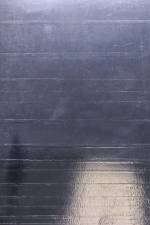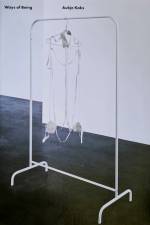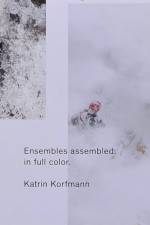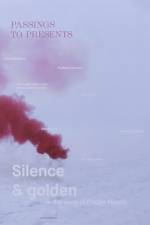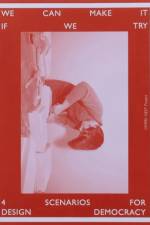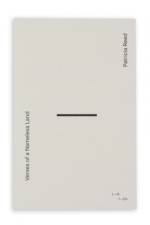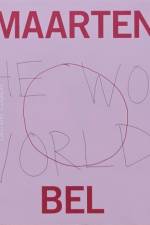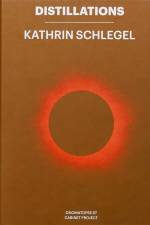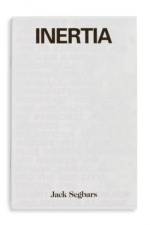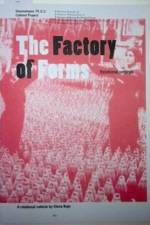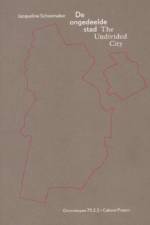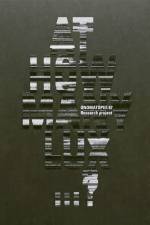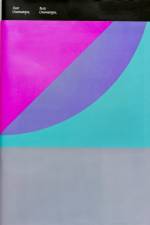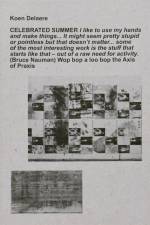av Kristen Coogan
375,-
Created by students, for students, Design History Reader espouses a pluralistic, communal approach to tackling design issues The goal of this collaborative, enthusiastic textbook on design history is to create a resource offering a diverse, inclusive view of graphic design history, specifically articulated through the student voice. Design History Reader was led by Kristen Coogan, Associate Professor of Art and Graphic Design at Boston University, who applies the department's pluralistic approach to the topic. The case studies featured in this book are real-life examples from her students that demonstrate the practical, ubiquitous applications of design theory. They began as a curricular revision and evolved into a new form of design history pedagogy. Already a part of Boston University's graphic design curriculum, this student-focused reader is an excellent choice for course adoption, or for the bookshelf of an independent aspiring designer.Contributors include: Annabella Pugliese, Belle Bennet, Charles Li, Dar Saravia, Ellen Johnson, Flora Kerner, Grace Chong, Haya AlMajali, Julia Cheung, Kristina Shumilina, Lauren Had, Leila Garner, Maidha Salman, Natalie Seitz, Rayne Schulman, Rhea Jauhar, Rashina Wang, Sheryl Peng, Sophie Zimbler, Tzu-Hsuan Huang, Winnie Mei, Xiuqi Ran, Yue Luo.

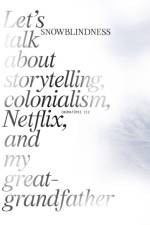
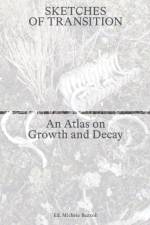

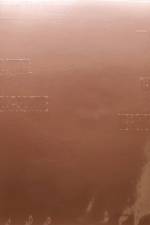
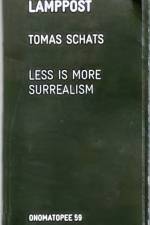
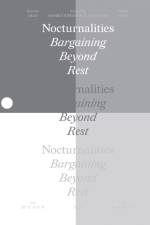
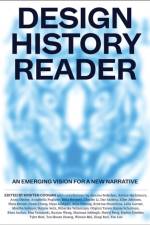
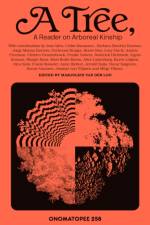
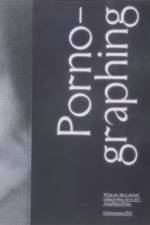
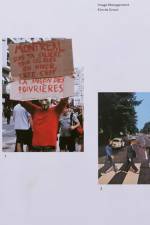
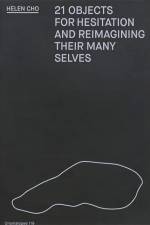
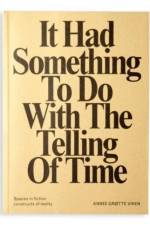
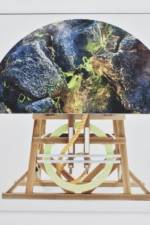
![[theatro] af Alena Alexandrova](https://cdnbackdoor.tales.as/thumbnail/150x225/products/00314/75406/theatro.jpg)
